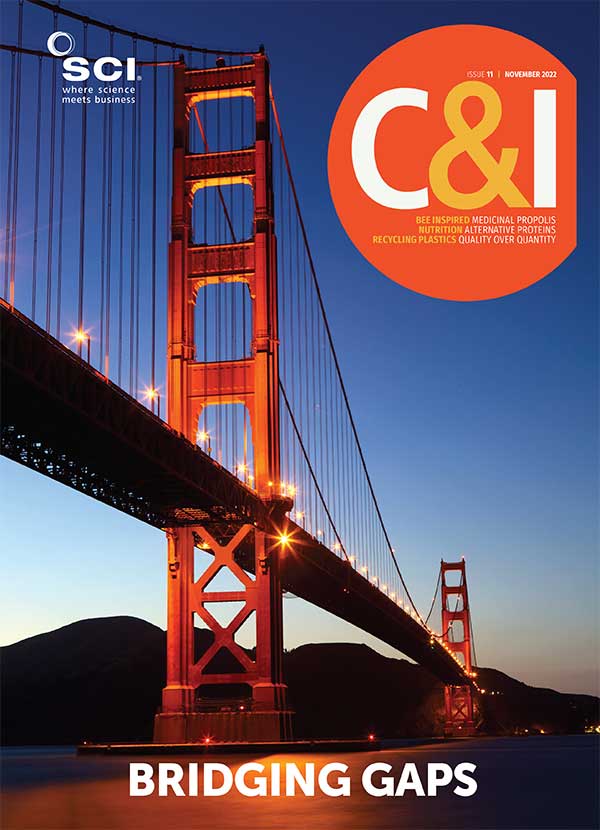ANTHONY KING
Rapidly warming a lithium-ion EV battery allows it to be recharged in around ten minutes, researchers in the US have demonstrated. They charged a 265kWh battery to 75% charge in 12 minutes by rapidly heating an ultrathin nickel heating element (Nature; doi: 10.1038/s41586-022-05281-0).
‘We heated the battery to 65°C before charging it, so that the electrochemistry and transport processes in the battery are already accelerating,’ says Chao-Yang Wang, battery chemist at Pennsylvania State University. This allowed the lithium ions to move much faster from the cathode to the anode during charging.
Heating proceeded rapidly, from 25 to 65°C in around 30 seconds. The first step happens when current flows through nickel foil inside the battery material, technology invented by the group in 2016 (Nature, 2016, 529, 515). ‘The nickel foil is only 10µm in thickness,’ says Wang, ‘so it doesn’t cause much of an increase in the weight or volume and adds very little cost.’
Lithium plating can be a problem when fast charging batteries: ions arrive at a graphite anode so rapidly that they are deposited on the surface as lithium metal. This is irreversible and causes capacity decay, notes Wang, but his strategy avoids this problem. The battery was exposed to elevated temperatures for a limited time and cooled down once charging finished. ‘It took roughly ten minutes and does not cause too much damage to the battery life,’ says Wang. His group ran the battery for more than 900 cycles.
The demonstration used a high-density NMC811 cathode, made of lithium-nickel-manganese-cobalt oxide, and a standard graphite anode. Wang says his battery heating strategy is agnostic to battery chemistry, but it can assist car makers in introducing smaller battery packs for EVs.
‘Smaller, faster charging batteries is going to be a mega trend for a number of reasons,’ Wang predicts. ‘They will consume far less raw materials and produce less carbon emissions during their manufacture.’
Today, a car with a 150kWh battery can cruise for more than 600 miles, but such a battery is costly, requiring lots of expensive nickel and cobalt. A fast-charging 50kWh battery with 200-mile range per charge could travel the same distance with just two stops of ten minutes charging, says Wang, but would require less resources to build and cost far less.
EC Power is a university spin-out company working towards the manufacture and commercialisation of such fast-charge batteries. ‘They are in the process of building factories to produce this type of battery in Pennsylvania for specialty markets such as forklifts,’ says Wang, a co-founder. The company partners with electric car makers and licenses the technology to large battery manufacturers, he adds.
‘This is actually an extension of their previous work, when they invented a battery that would self-heat for operating in colder temperatures,’ says Ping Liu, materials scientist at the University of California, San Diego. ‘This is the same idea, except now they heat to higher temperatures and do fast charging.’
He describes the work as ‘very innovative’ and says, compared to materials-based solutions, it has a shorter path to implementation. Nonetheless, in terms of practicalities, Liu notes the battery reported on ‘is extraordinarily big,’ with lots of quality and safety controls. Also, the addition of the metal foil ‘increases manufacturing complexity, because placing it precisely within the battery cell without increasing the probability of shorting is pretty difficult.’
He notes the fast-charged battery was run at regular charge and discharge rates in the lab, and that real-world testing will be needed, involving more complex thermal fluctuations. Liu previously reported the use of acoustic wave generation to stir battery material and thereby facilitate fast charge (Adv. Mater.; doi: 10.1002/adma.201907516).





